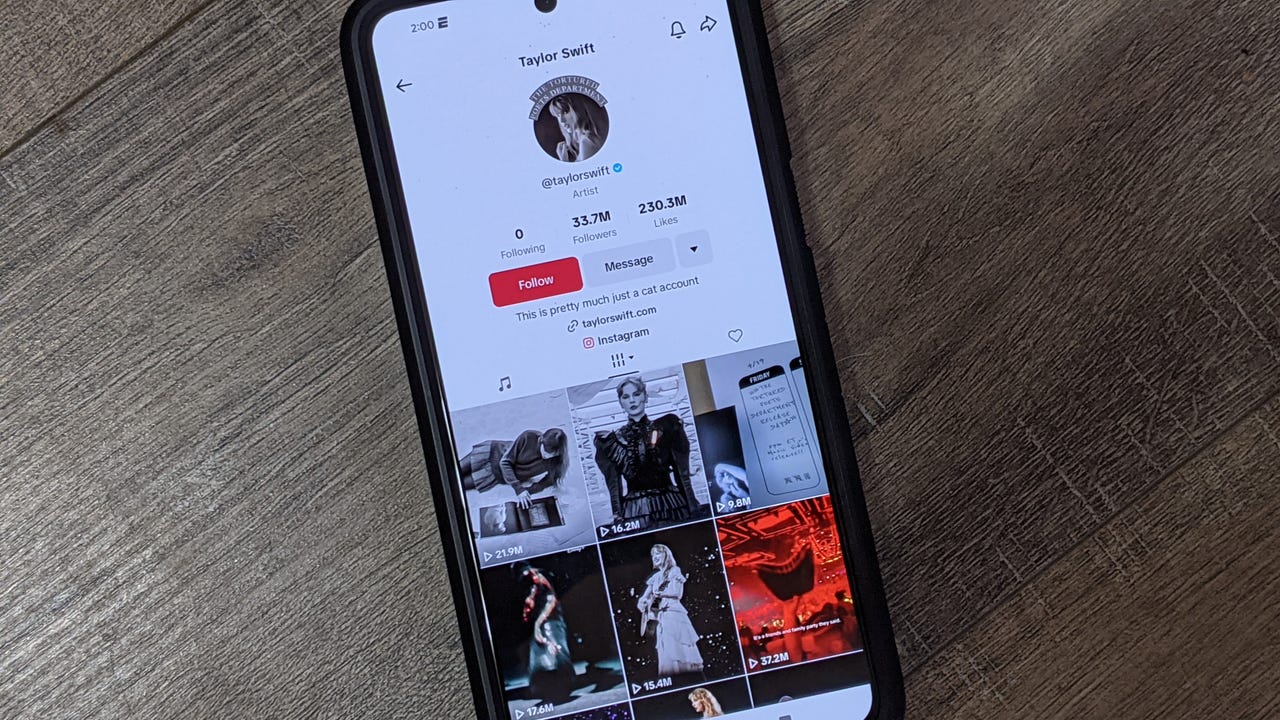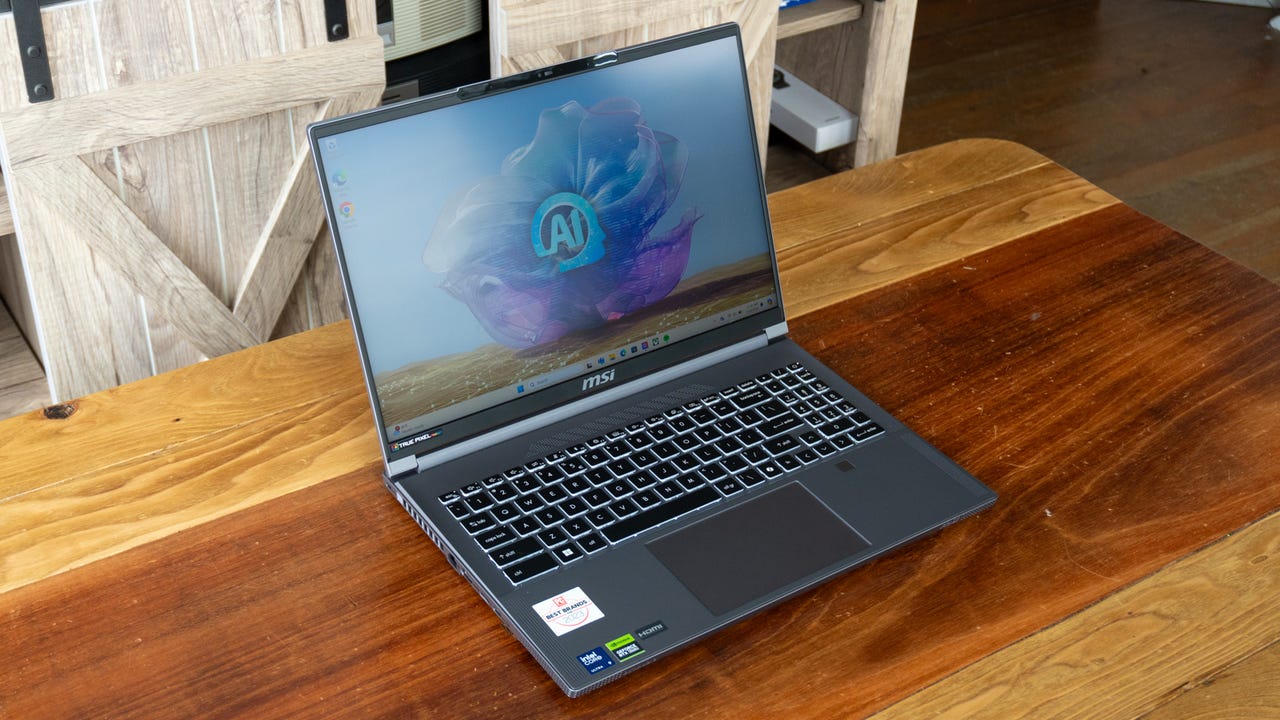TikTok was the first social media app to label AI-generated or potentially dangerous content, but not all versions of the app offer this useful information. Two non-profit organizations dedicated to online safety say that’s a big issue.
In a 16-page report released today, Mozilla and AI Forensics detail how TikTok Lite, a low-bandwidth version of the app intended for areas around the world with limited internet connectivity, has “alarming discrepancies” when it comes to safety features, several of which contradict TikTok’s own policies.
TikTok Lite, which isn’t available in the US or most of Europe, launched earlier this year in France and Spain. The app, which uses less battery, takes up less storage, and consumes less data, already has over 1 billion downloads. It immediately caught the attention of regulators because of a program that awarded users cash for engaging with content, creating an addictive atmosphere. TikTok quickly ended the rewards program, but the app is still facing scrutiny.
Also: TikTok is building a US-based version of its algorithm. Here’s what that means for you
TikTok Lite sacrifices user protection in two main areas, today’s study found.
First, it has no warning labels for potentially harmful videos, like pranks, health-related content, graphic content, political misinformation, and AI-generated content.
Second, it lacks basic user controls to help you block certain content or keywords and set screen time limits, like the main TikTok app does. TikTok lets you set daily screen time limits or schedule breaks if you scroll for a certain amount of time. The Lite version of the app doesn’t have these same options.
AI Forensics co-founder Claudio Agosti says TikTok made this choice deliberately. “The safety features TikTok Lite lacks aren’t complex and are perfectly compatible with a lower-bandwidth app,” he wrote in the study. “TikTok’s decision to ignore these safety measures is clearly a choice, not a technical necessity.”
Because TikTok Lite doesn’t flag content, the study explains, it makes it easier for content that goes against the app’s policy, like explicit, graphic, or dangerous videos, to make it through to viewers.
Mozilla and AI Forensics are calling on ByteDance to make three changes with TikTok Lite:
-
Add content labels and banners: The study says there’s no justification and no technical reason why TikTok Lite doesn’t safeguard against misinformation, dangerous behavior, AI-generated content, and graphic content.
-
Enhance user controls: The two organizations call for TikTok Lite users to have the same controls regular app users do, mainly for screen time tracking.
-
Promote these additions: Since users have spent a significant amount of time in the current TikTok Lite environment, simply adding the features isn’t enough. ByteDance needs to run in-app campaigns educating users about the intent behind these features.
Tech platforms often put growth over user safety, the study concludes, especially in emerging markets, and ByteDance is no different.


